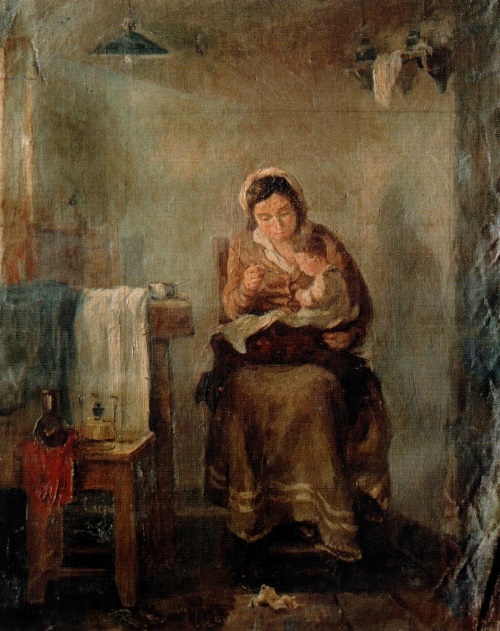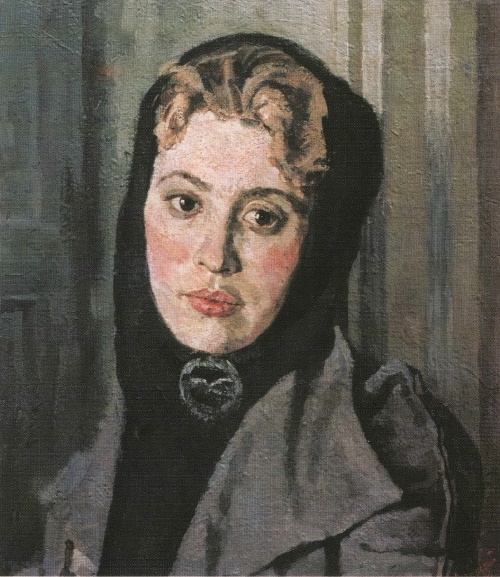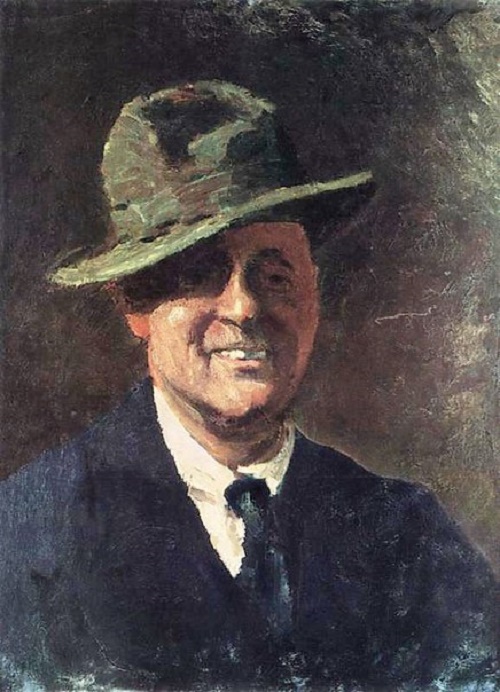Soviet realist painter Nikolai Romadin
Soviet realist painter Nikolai Romadin (1903—1987) – Academician of the USSR Academy of Arts (1967, Corresponding Member – 1953), People’s Artist of the USSR (1971), the winner of the Lenin Prize (1980), second-degree Stalin Prize (1946) and the RSFSR State Prize of Repin (1970). Nikolai Mikhailovich Romadin was born in Samara into the family of a railroad worker Mikhail Andreyevich Romadin. The artist’s father was a soldier in the First World War, he served in the the railway, drove trains. After the collapse of the railway had to work as a simple oiler, was wounded, returned to Samara. After his recovery, he went to work at the depot. Nikolai had to work from the age of eleven, he became a newspaper boy. To successfully sell newspapers, everywhere he had to be the first, to run faster than others along the street to the train station and the pier with a heavy canvas bag, shouting loudly newspaper titles: Volzhsky day! Volga word! To the pier arrived wheel passenger steamers. Leaving them for a short walk, passengers willingly read the local newspapers.
Read more »






